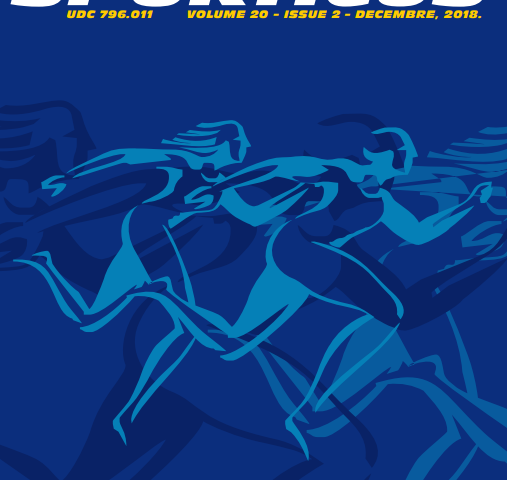Introduction: Various exercise programs have a positive effect on reducing the risk of falls in elderly people. Consequences of falls include fractures and injuries, reduced quality of life, fear of falling, loss of self-confidence, and self-limited activity leading to reduced physical function and social interactions. Activity limitation impairs physical capacity and increases the risk of further falls. Falls are the primary cause of injury in the elderly, which can result in serious consequences such as fractures, head injuries, and even death, placing a significant burden on the public health system. Annually, between 28 and 35% of individuals aged 65 and over experience a fall worldwide, with rates reaching 32% – 42% among those aged 70 and over. Therefore, preventing falls has become a key global goal for the older adult population.
Objective: To determine the effectiveness of different exercise programs in preventing falls in people of the third age.
Methods: The search included an overview of the relevant databases: Medline, PubMed, Google Scholar, Research Gate. The systematic literature review included 12 different types of research.
Results: Through a scientific review of the literature, the results of the significance and effectiveness of various programs of Otago exercises, Tai Chi, and Frenkle exercises in the prevention of falls in people of the third age are presented. The greatest effect is realized in the improvement of static and dynamic balance and the fear of falling.
Conclusion: These studies show that different exercise programs have a huge and significant impact on reducing the risk of falls in older people. It is a long-term and continuous method of reducing the risk of falls in the elderly through exercise. Physical exercise is effective in improving components of balance, lower extremity strength, mobility, and reducing falls and fall-related injuries.
Keywords: Various exercise programs, fall prevention, Otago exercise program, Tai chi, Frenkle exercises, elderly people


